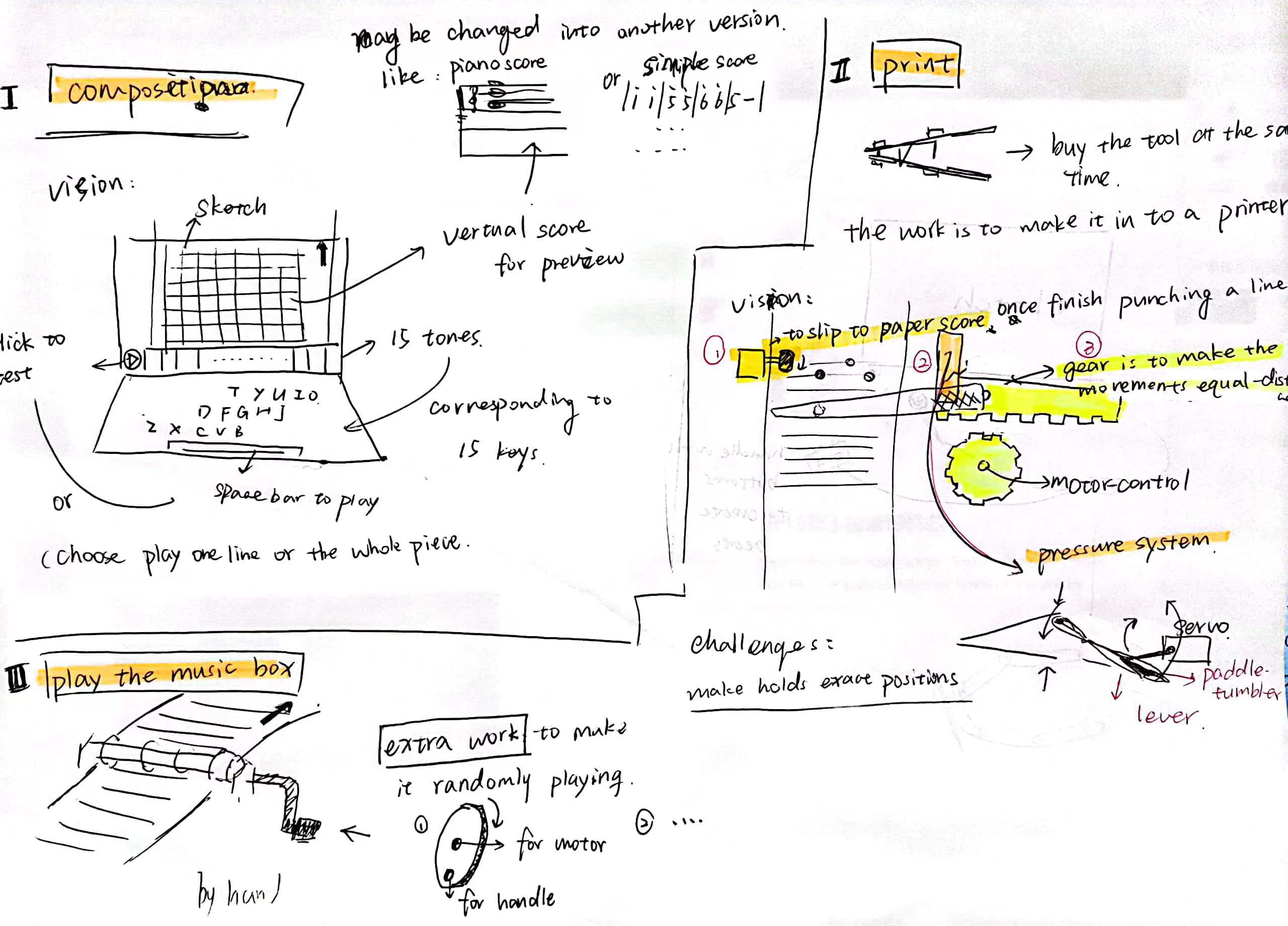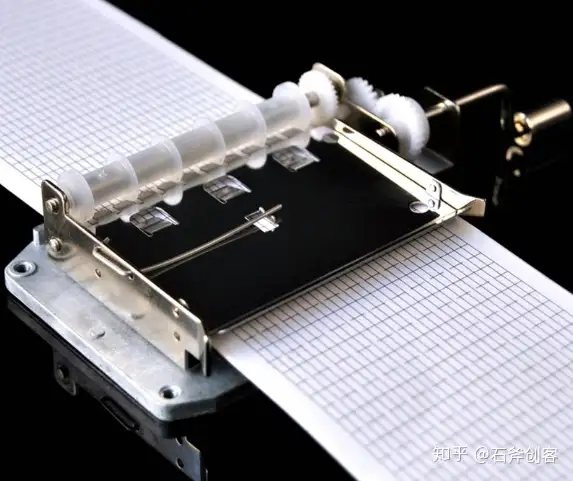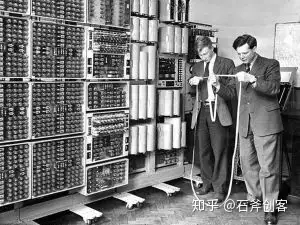PROJECT TITLE: Melody Composition
This is a device for users to create or compose a physical melody by themselves. The melody can be a classic/famous one, created by following the given instructions; also, if you have an interest in composition, it’s a good place for you to explore your talent!
To operate the device, first, you need to play a melody on my taplop with keyboard(or can be another physical keyboard made by cardboards and sensors). At this point, you can try and listen to difference combinations of the basic 15 tones(the easiest mucis box inner machine, a good starting point), and then with a certain button, you can add a chord or simple tone into the virtual score on the laptop screen. Second, there will be buttons on the sketch for testing the whole score, testing a certain line/block, printing, and redoing. Once you think you finished composing, just click “test” (think about duplication and saving a file functions, if having enough time); If you are satisfied, click print to print holes on the score type paper. Finally, cut the score you printed and put it into the music box, and then, play it!
PROJECT STATEMENT OF PURPOSE *
The target is to explore and help more people explore amazing music boxes, coming up from my experience of observing music boxes and finding a special type–a handmake score player. After learning much on this type of music box, I notice it would be hard for a person who is not good at music knowledge but quite interested in it–professional players used to compose with professional instruments(electronic mostly) and compose with advanced software. Also, positioning and drilling the physical score takes quite a lot time and energy. What’s more, one of the original idea is use processing and arduino to create mucis, but I’m highly eager to make mechanical engineering(I’m so crazy about this). Therefore, I chosed this musical box and decised to simplify the exprience of using this composition tool and playing music in a classic and physical way.
PROJECT PROPOSAL PLAN *

Before the music box machine I bought from Taobao arrives, I can first start with the processing coding part. For this part, I need to create a skecht with serveral buttons and have a slideable area for score composition. And then I have to think about how to make the computer(or other sounds player) to play tones/chord interacting to keyplaying as a virtual music box. The logic of edit score is another great challenge here.
Then, after materials arrives, fabrication part can start. I need to design containers for music box and printer, leaving enough space for hiding the circuit. One thing should be held in mind is that, I want to make every part of this device movable, which is easier to make further changes or repair. The hardest part here may be how to slot the score paper with the hand punch and how to move it step by step in certain direction and in a little but well-proportioned distance.
Finally, for the player part, the simplist way is just putting it here; then the user can freely sent their printed score into the chachine, and start play it by hand. For further development, I will consider making it into a electronic autoplayer whose speed can be changed by a slider. Besides, I also want to add a visual decration on it, such as a windmill rotating when the music plays.
CONTEXT AND SIGNIFICANCE *
An interesting question:In what way does your project proposal align with your definition of interaction?
After the research and deep thinking for the final project research, my defination of interaction is : (https://wp.nyu.edu/shellyxuan/2022/11/15/final-project-preparatory-reseach-and-analysis/)
“interaction” has an essential element–retroaction, or iteration sometimes. Assuming there is an artifact and a user, it means that the artifact will give a reaction to an operation from the user(if the operation fits the instructions); sometimes, the user can do something more based on the reaction from the artifact; then the user will keep trying playing with the artifact and enjoy it. Therefore, interaction is not within a short time/seconds; instead, it is a process with changes and attampts. ”
As for the form of it, the project is mainly based on a hand-cranked music box with self-designed physical scores, as I said above:
“positioning and drilling the physical score takes quite a lot time and energy. What’s more, one of the original idea is use processing and arduino to create mucis, but I’m highly eager to make mechanical engineering(I’m so crazy about this). Therefore, I chosed this musical box and decised to simplify the exprience of using this composition tool and playing music in a classic and physical way.”
—
As for the users, this project is for everyone who interested in music to experience a special for of music composition. To narrow down the users, on the one hand, it’s used to introduce this niche interest and special music box to the public; on the other hand, it offered an opportunity for people without much knowledge and skills to start trying composing from a very simple stage(only 15 basic tones). Moreover, the melodious sounds of Metal clashing attracts audience and are part of childhood memory for almost everyone. Therefore, it’s a great opportunity to make this unchangable childhood sounds able to be signed by themselves.
Besides, what Prof. Minsky said really impressed me, that “many musicians liked to make their own music when they were children by making new holes in the paper rolls for big player pianos.”
Extra interesting facts:


Punch tape was the input and output medium of early computers, which converted programs and data into binary digital: 1 with hole, 0 without hole, and input to the computer by photoelectric scanning. Perforated paper tape was replaced by more advanced magnetic tape (as a computer storage device) in 1951. Punch cards were used as a recording medium for more than 100 years before computers were invented, in 1801, by Frenchman Joseph Marie Jacquard, to control the patterns produced by a loom. In the 1880s, U.S. Census Bureau clerk Herman Holley invented a punch card and machine for census data and used it in the 1890 U.S. Census, which was completed in just six weeks. The previous U.S. census, in 1880, was processed by hand and took seven years to produce.
And here is a link to a tutorial about processing music: https://www.bilibili.com/video/BV1mE411D7qH/?spm_id_from=333.337.search-card.all.click&vd_source=502ff10ab5007a2933d1ac0a758eb82b
Also, I expected to learn more about music composition during this project.
One more thing worth mentioning is that, when I searched more informations about music box, I found and met a group of people also interested in it and some of them have already made great fruits. I joined QQ group chat and learn from the materials shared there. That’s why I think it worth introducing it into the public.
* As you compose your Project Proposal, avoid merely making lists. Instead focus on writing.
** While aesthetic factors are generally relevant, a project governed by “It will be pretty” doesn’t go far.
